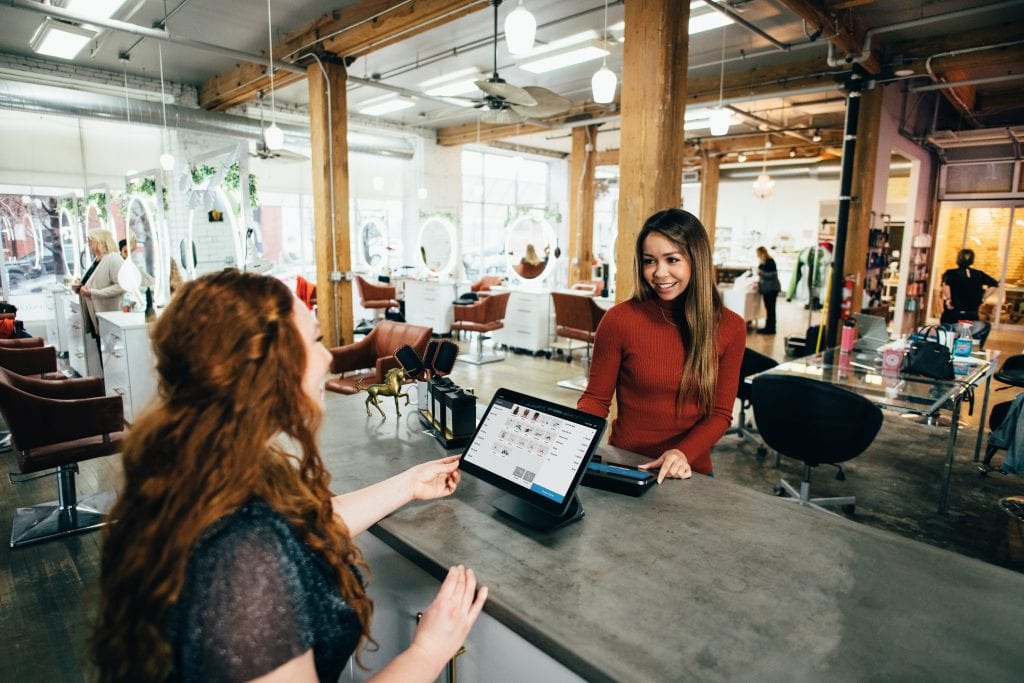
What is recognition?
It’s being seen, literally and figuratively, being acknowledged, being welcomed, and being appreciated. Giving your customers recognition is essential for nearly every type retail establishment if you want to provide a great retail customer experience and customer service, as it is in B2B, hospitality and other service environments.
When a customer is arriving on a repeatvisit, they should receive a special type of recognition: that the customer was missed,that her return fills a gap that was there in her absence, a heartfelt ‘‘Welcome back–we’ve missed seeing you lately.” Imagine the personal–and commercial–difference this can make.
***
“I can’t believe that Amazon knows who I am, and my local retailer doesn’t,” an obviously-frustrated customer told me when I interviewed her as part of a customer service initiative for that retailer some time ago. [I’ve omitted the type of retailer in order to be discreet. The lessons here apply to most types of retail business, from specialty retailing to lodging to foodservice.]
The problem for this customer wasn’t product selection, or pricing, or the state of the parking lot. It wasn’t the store lighting or the return policy, or the lack of a juice bar.
It was something much more elemental: She felt unrecognized. She felt that this business was telling her that her presence, her patronage, and, in a sense, her personhood, didn’t matter.
When she walked in, she was assaulted by the sound of silence. Or, more accurately, the sound of employees gabbing amongst themselves, interspersed with the tap-tap-tapping of texting.
Even with four or five employees behind the counter and walking the floors, nobody greeted her when she walked in or as she browsed the shelves. Nobody acknowledged her, or admitted to recognizing her. Nobody said “hey,” or “welcome back,” or “nice to see you again.” This customer, I should point out, had been to this particular store at least 20 times before by her own calculation, buying both pricey merchandise and ephemeral knickknacks along the way. And, while she didn’t know the employees by name, she knew most of them by sight. Which would mean, you’d think, that at least half of them knew her by sight as well.
So what do we have here? A clean, well-lit (and well-stocked and well-maintained) place for retail, with clean bathrooms, parking out back, and attractive signage in the front. But that’s so not enough. To think that it is to misunderstand the function of physical retail.
Yes, stores sell stuff. But especially in this era where all variety of stuff can be purchased online quickly, speedily, and in some cases with the chance to evade local taxes thrown in as a guilty bonus, a retail store has to offer an element of humanity, and without this the retail customer experience–the shopping experience–loses a lot of its appeal.
